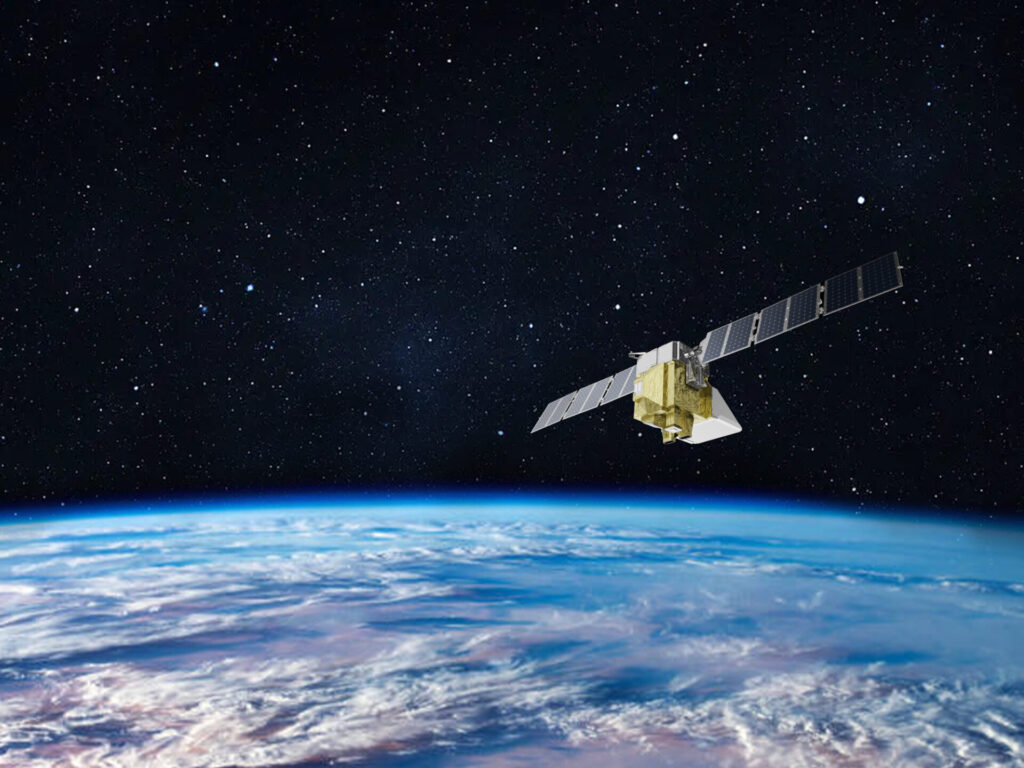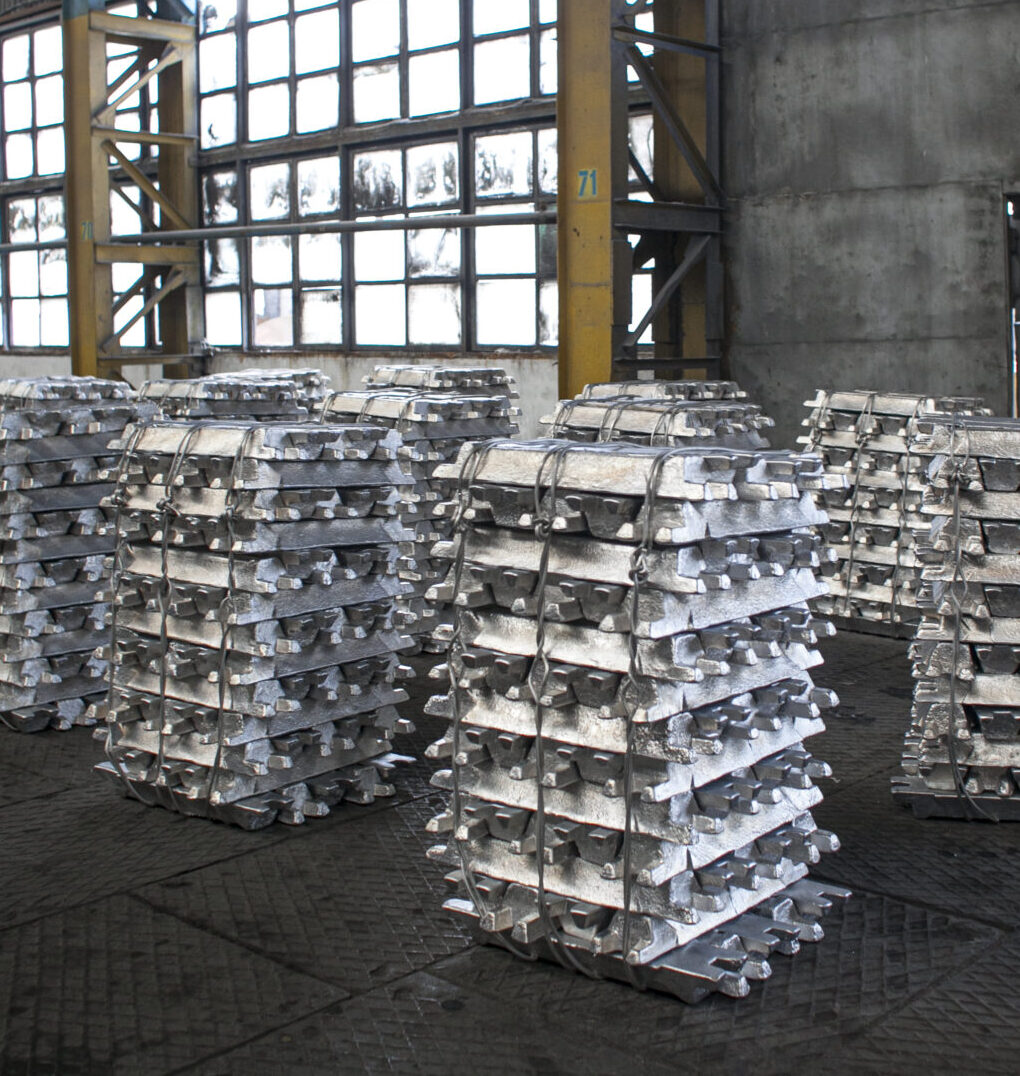With Google power and Harvard Imaging Technology, MethaneSAT will Spot Methane Leaks from Space
New imaging technology developed by scientists at Harvard University will soon make it possible to track methane far more efficiently and with greater resolution that ever before. With MethaneSAT data, combined with Google technology, thousands of scientists, researchers, and nonprofits will be able to trace emissions to their sources, help industry plug leaks, and hold polluters to account.
MethaneSAT, which will launch in early March, is the first satellite that can measure a greenhouse gas anywhere on the planet in real time. The project – a partnership between Harvard, the nonprofit Environmental Defense Fund (EDF), the Smithsonian Astrophysical Observatory, and other partners – differs from previous methane observation efforts because of its scale. The satellite can scan an image of approximately 200 square kilometers and, from that single look, recognize both large-scale emissions as well as individual plumes of methane from, for instance, a single oil well.

The algorithms performing those calculations are powered by Google Cloud and the imagery will be overlain in Google Maps, the firm’s sustainability team explains: “Just like how we use AI to detect sidewalks, street signs and road names in satellite imagery to display helpful information in Google Maps, we’ll also use AI to identify oil and gas infrastructure, like oil storage containers, in our imagery. Then, we’ll combine it with EDF’s information about oil and gas infrastructure to locate where the emissions are coming from.”
The technology undergirding MethaneSAT was developed in the lab of Steven Wofsy, the Abbott Lawrence Rotch Professor of Atmospheric and Environmental Chemistry at Harvard. Wofsy has been keeping an eye on methane for decades. He has driven methane-sensing equipment around Boston searching for leaks in the area’s aging natural gas infrastructure, mounted instruments on rooftops and flown them from balloons to better understand how greenhouse gases are changing the climate.
Methane has more than 80 times the warming power of carbon dioxide over its first 20 years in the atmosphere. Concentrations have been steadily rising for decades. Scientists believe up to 30% of the rise in global temperatures since the industrial revolution can be attributed to methane.
But, until now, a lack of detailed information about invisible leaks has stymied governments trying to clean up. Any reduction in emissions could buy the world critical time in the battle against climate change. Most hopefully, this appears particularly doable in part because saving wasted methane – the primary component in natural gas – provides a financial incentive for timely corporate cooperation in halting leaks.









